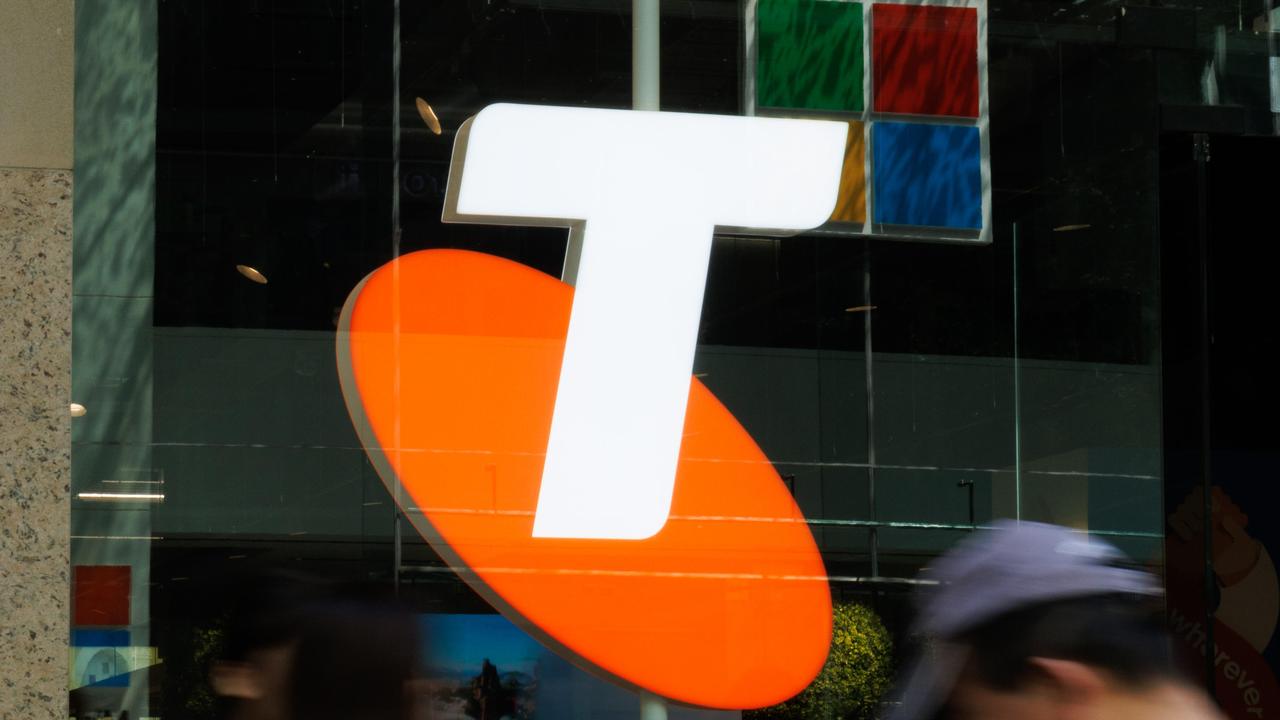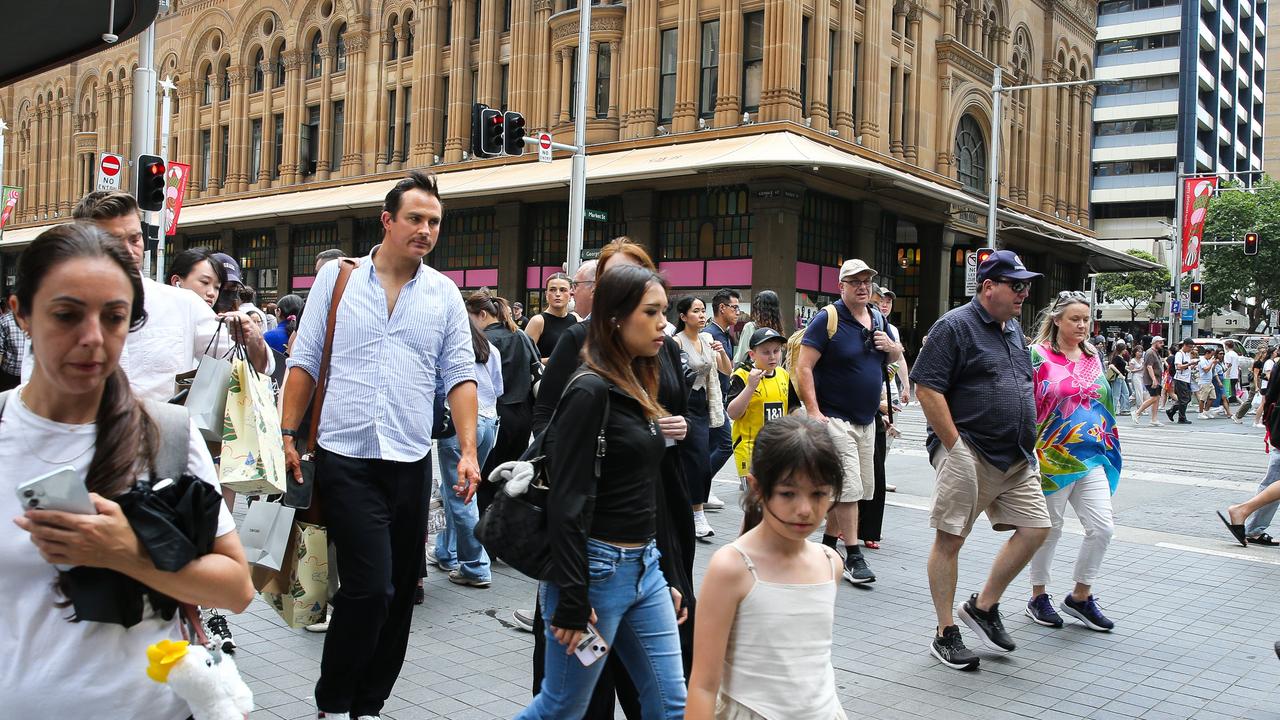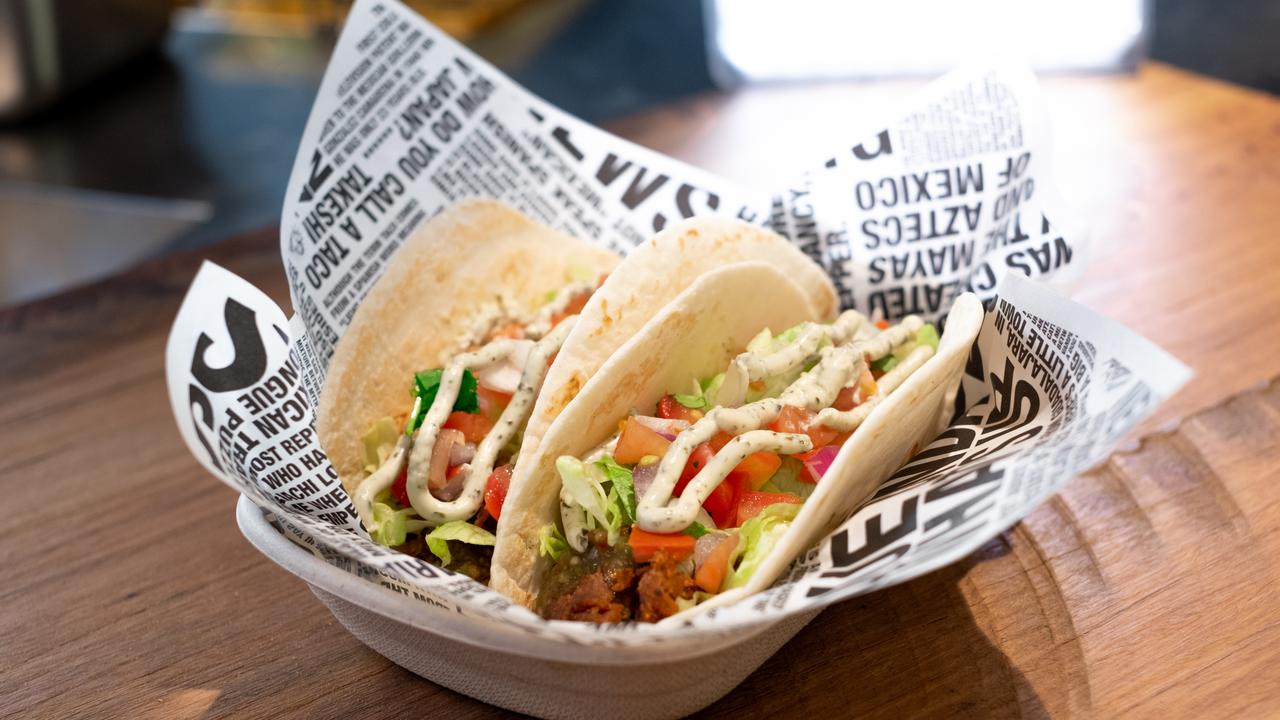Ikea: Surging customer demand leads to near empty shelves
The furniture giant has become the latest retailer to find itself with empty shelves as customer demand surges.

The lonely looking Vardagen teapot was the only one of its kind left at the Ikea store in Sydney’s inner west. It too would probably have been snaffled but somewhere, somehow, it lost its lid.
Now it’s a stark reminder of the stock that used to be on this shelf – and many others in the store – but has now almost sold out leaving acres of empty shelving and legions of frustrated shoppers.
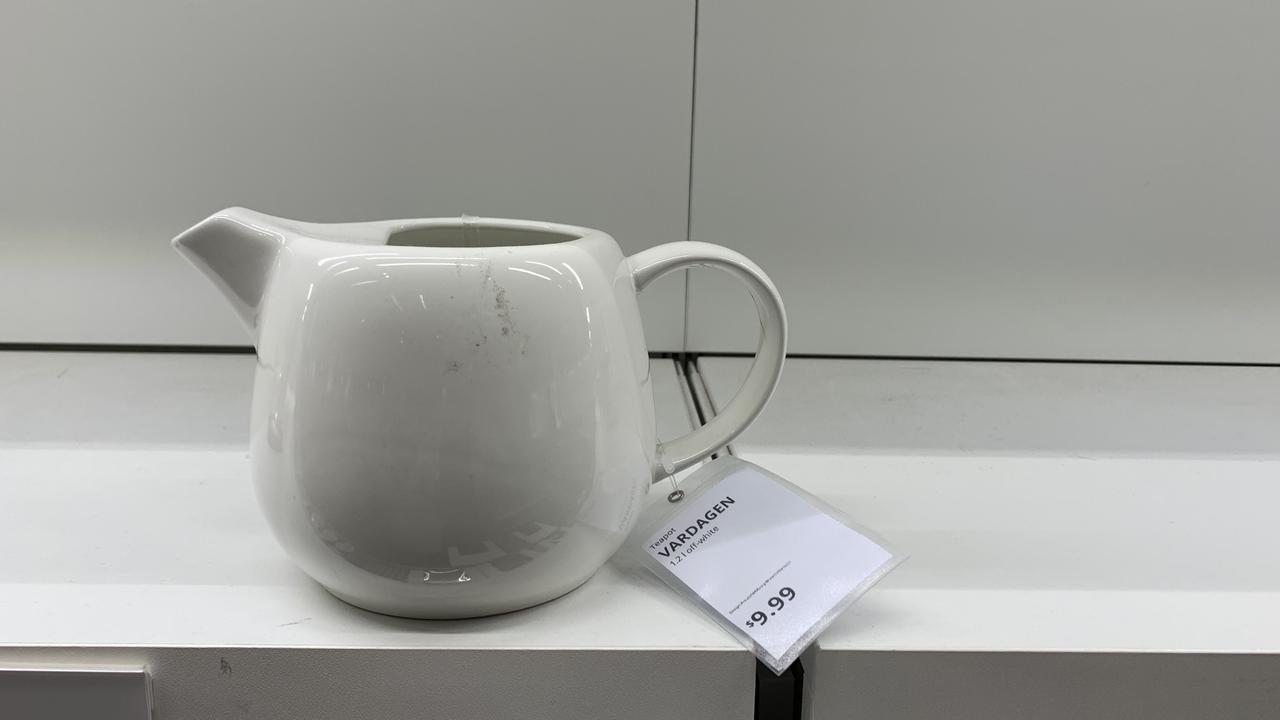
First the supermarkets, then Kmart and now Ikea. And, at least in Victoria, the supermarkets again. All have seen shelves stripped almost bare.
A retail expert told news.com.au retailers across the board were suffering from a double whammy of issues: a huge spike in demand coupled with a COVID-19 induced squeeze on imports.
However, Ikea has insisted it has no supply issues at all and stock is replenished regularly.
RELATED: Stock levels at Kmart, Big W and Target still low
RELATED: Ikea’s Australian stores busy during coronavirus restrictions
The chain told news.com.au there had been “higher demand” for some home furnishings but insisted the company had “healthy levels of stock throughout our units and online channels”.
However, when news.com.au visited a Sydney store this weekend stock levels didn’t look very healthy in a number of areas. On a previous visit, before major restrictions lifted, stock levels were far better.
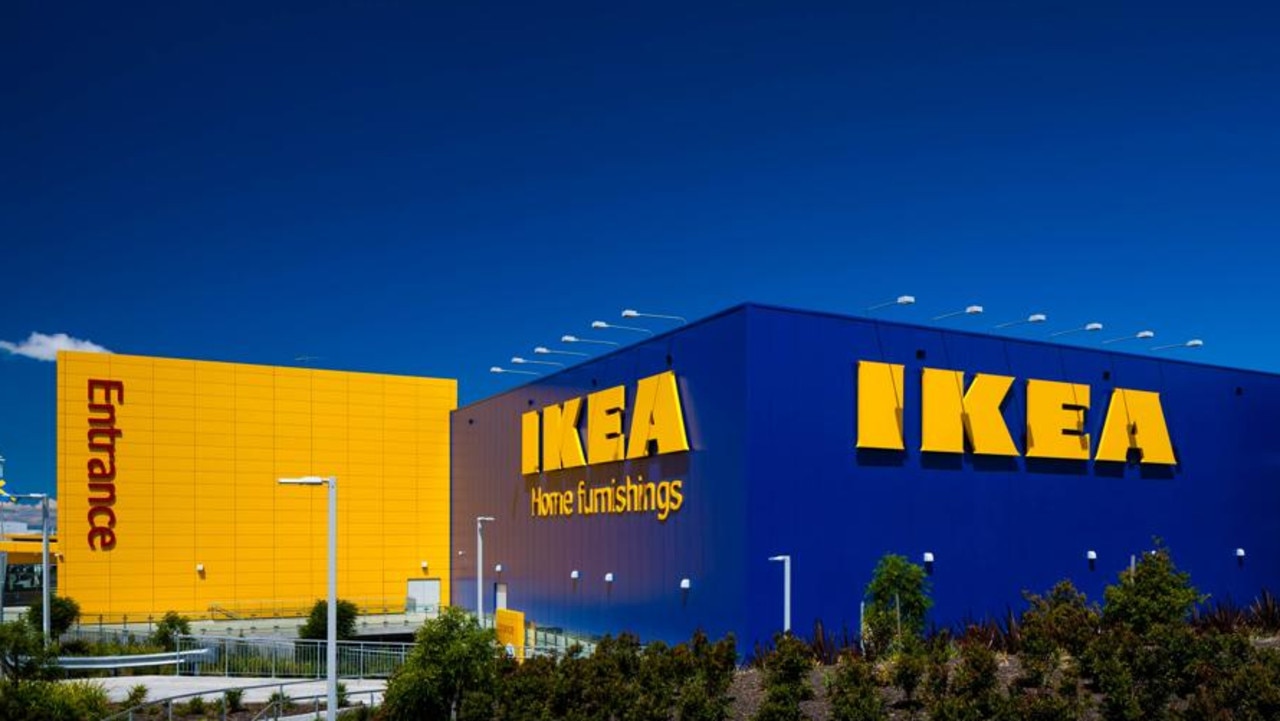
Many shelves in the kitchenware department were almost empty. A single Oumbarlig saucepan here; a forlorn Trovardig frying pan there.
Displays where cups were once stacked high for a few dollars a pop had just a few to buy; a single glass decanter stood on a shelf.
A unit that would have usually been full of fluffy bath towels had just a few, discarded in a corner. They’d been repeatedly unfurled by customers wondering if they should swipe the stock while they still could.
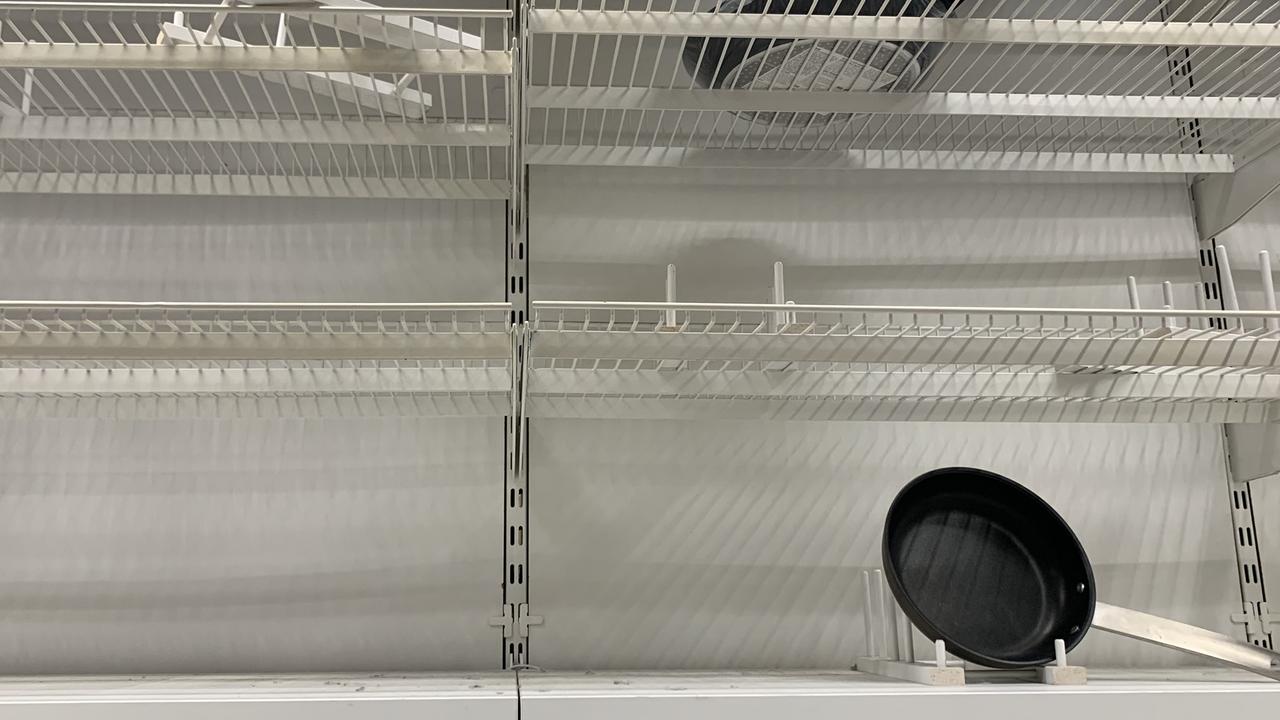
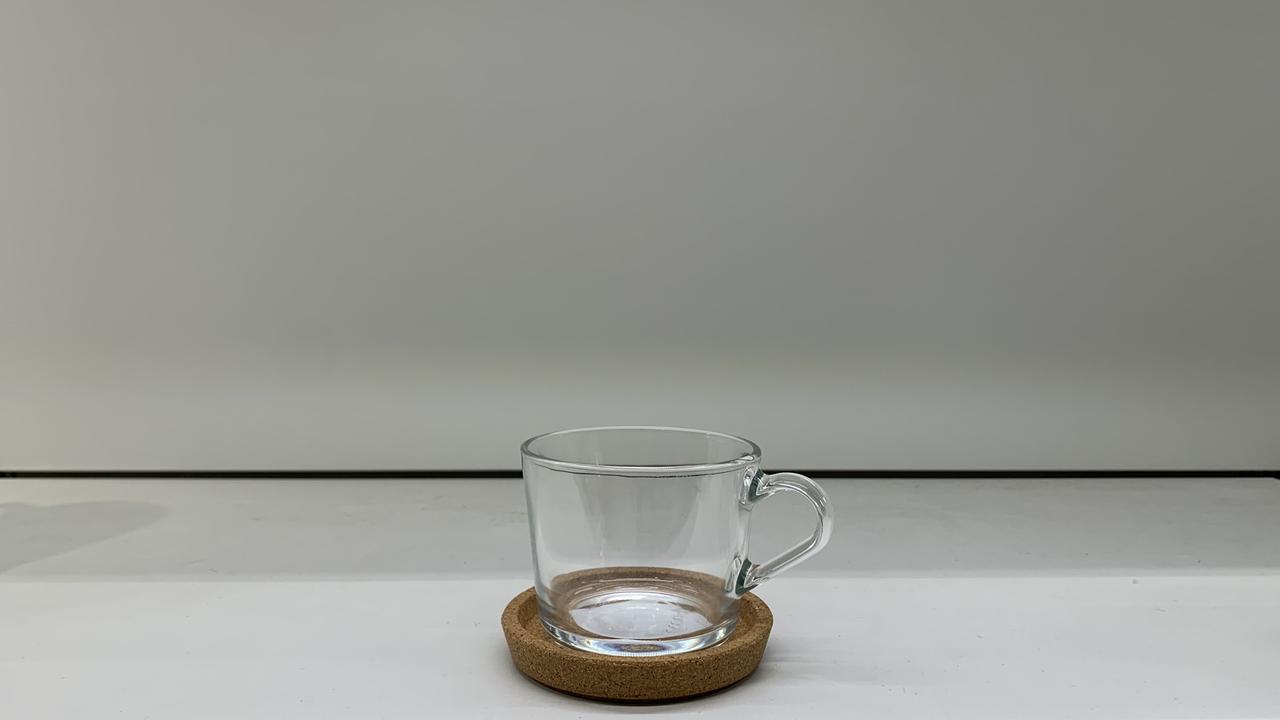
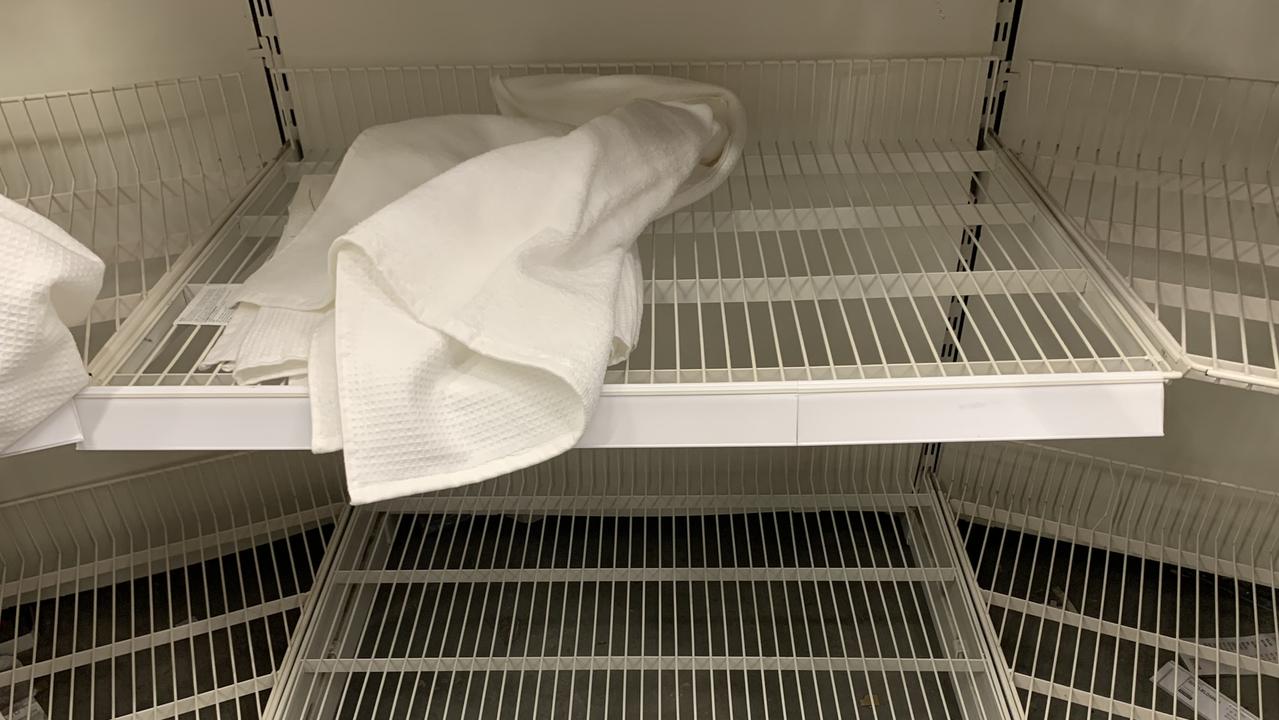
The bare shelves were also obvious in the vast warehouse. Racks that should have been floor to ceiling flat pack furniture had huge gaps where boxes should be.
Customers tutted below; their trolleys strangely empty given most trips to Ikea involve you walking out with a $100 worth of things you never knew you needed.
Not every shelf was empty. There were great mounds of cushions and fake plants and frames aplenty. But even the stock of tea lights appeared to be dwindling.
This was a problem for Ikea, said University of Queensland retail expert Associate Professor Gary Mortimer.
Whereas people could pop back into their local Kmart the next week if stock was out, Ikea stores are far fewer and people often make special trips to navigate the homewares maze.
“It detracts from the storescape and the overall store image when you see empty shelves,” he told news.com.au.
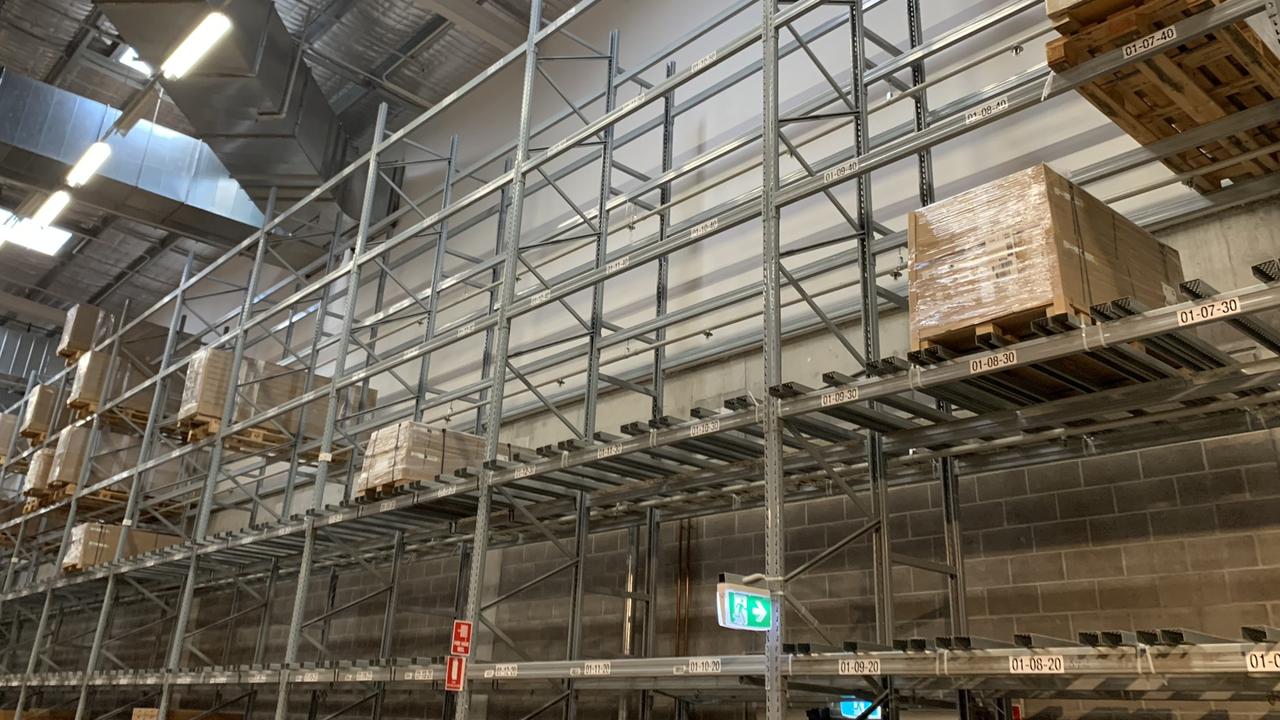
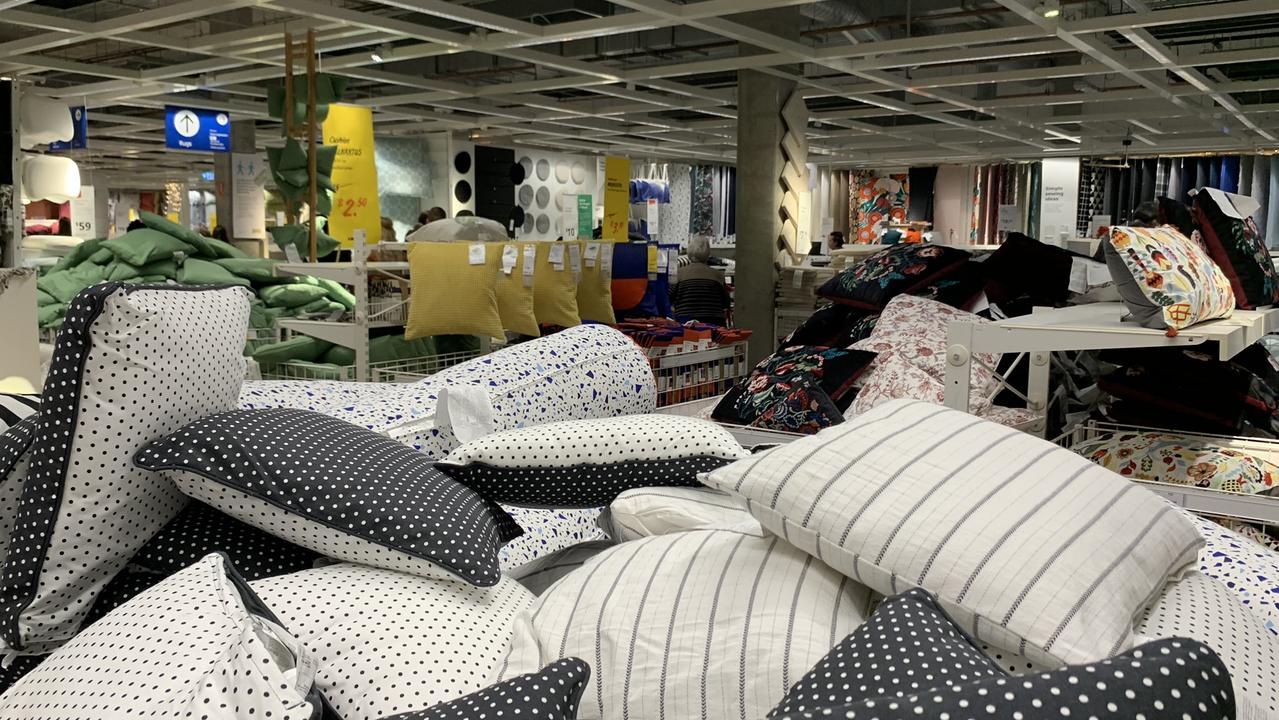
STOCK ISSUES ACROSS RETAIL
Prof Mortimer said many retailers were suffering with stock issues.
“A lot of retailers are dependent on mass-produced, high turnover, low-priced products and in order to market those products you need to source them globally.
“They hold very little inventory, only two or three days’ worth, so when demand lifts, they immediately run out and it takes a long time to replenish,” said Prof Mortimer.
Global supply chains that operate on the so called “just in time” principle have enabled vast amounts of products to be shipped to retailers right when customers need them massively reducing the need for – and cost of- huge warehouses. These days there is very little stock “out the back”; there may not even be much of a “back”.
But when coronavirus hit, countries where many of these products were manufactured, such as China earlier in the year and more recently India and Pakistan, saw factories shut. That strangled supply.
A recent report by professional services firm PwC found the constrained supply of Chinese manufactured goods could lead to overall revenue losses of 10 per cent for Australian retailers this year.
“COVID-19 has further exposed the inherent vulnerabilities arising from just-in-time delivery, low supplier diversity and low input country of origin visibility,” the report stated.
Strained supply wasn’t so much of an issue when everyone was at home. However, as restrictions have eased one of the first things we did as a nation was go shopping.
According to spending data from Commonwealth Bank, in May sales of household furnishing soared to as much as 35 per cent above last year’s figures. So there’s less stock and more customers who want it.
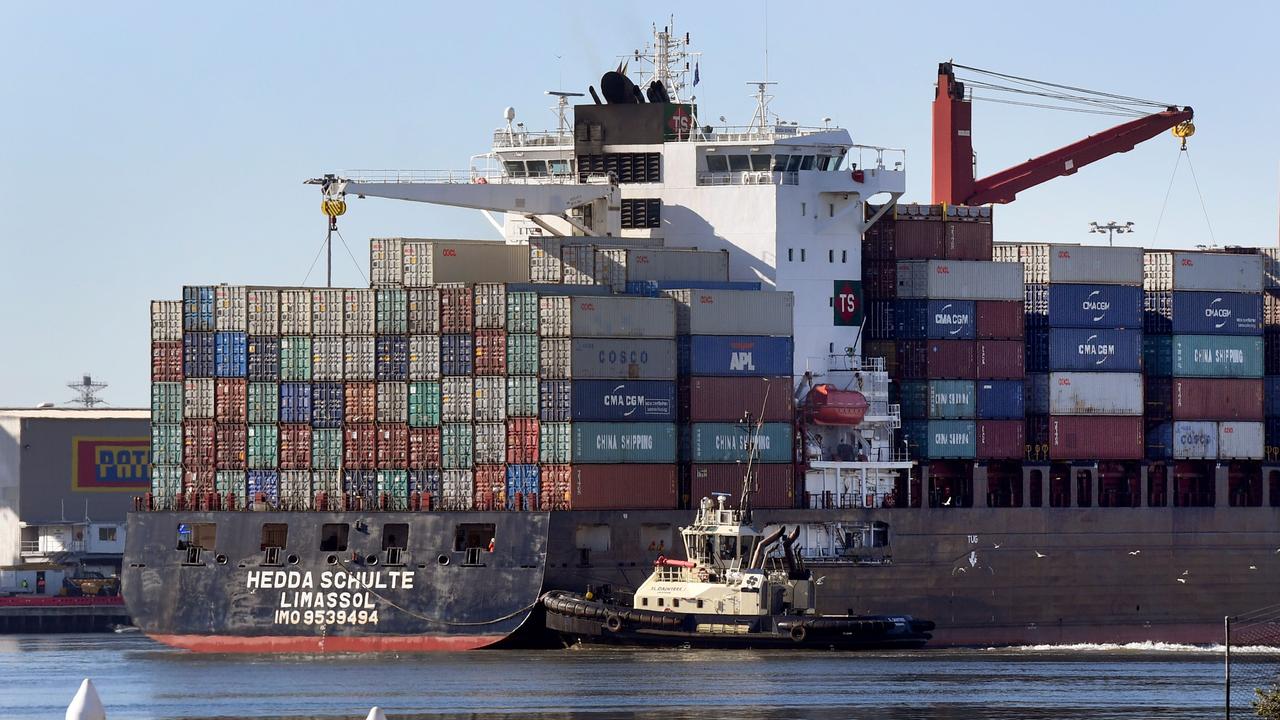
‘STRONG SUPPLY CHAIN’: IKEA
A spokeswoman for Ikea Australia told news.com.au the firm had a “strong and robust” supply chain “that allows for flexibility” when more product was needed.
“Ikea Australia does not have supply issues. Ikea has healthy levels of stock throughout our units and online channels, available to meet the majority of our customer demand.
“Within our stores we have seen certain home furnishing areas have a higher demand for our customers’ needs than others.
“For these areas we are working with our supply chain partners to ensure our shelves are replenished in a timely manner to meet that demand,” she said.
The firm added that it had around 1000 home furnishing suppliers, from large companies to small scale entrepreneurs. That should lessen the risk to overall supply if one route seizes up.
The spokeswomen said stock levels could be checked online before heading to a store.
GAPS MAY NOT BE FILLED OVERNIGHT
Prof Mortimer said he expected the product gaps to be temporary. Rival retailer Kmart has huge supply chain issues with bikes, bedding, kitchenwares, electronics and much more besides essentially missing from stores. It has said it hopes stores will look fuller from next month. Other department stores including Big W and Target will be hoping stock comes through soon too.
However, wrinkles remain in the global supply chain.
Chinese factories are indeed opening back up, but COVID-19 is now a major issue on the Indian subcontinent and that may affect that supply route. That means products in some retailers could be missing for months or come back into stock before vanishing once more.
“You would hope it wouldn’t become a rolling situation of supply chain issues as outbreaks occur,” said Prof Mortimer.
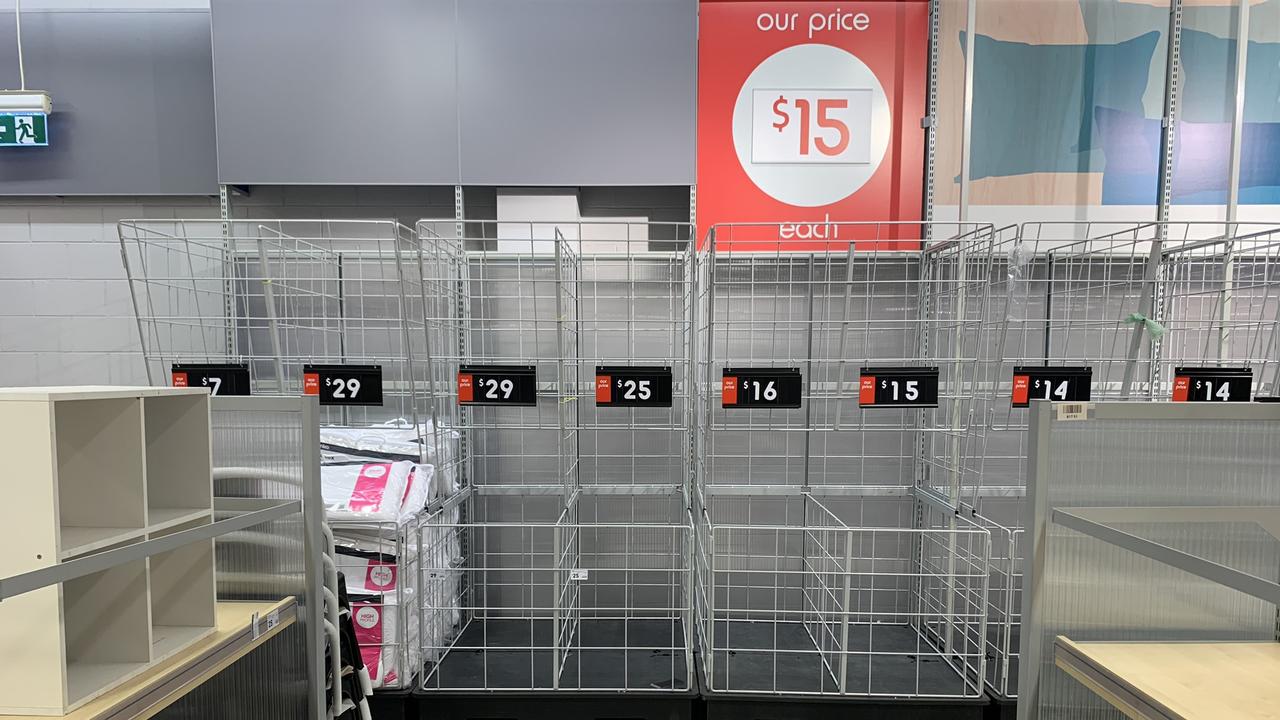
MANUFACTURE AT HOME
Supermarkets have also found themselves struggling as customer demand surges. However, they have a supply chain ace up their sleeves.
Given most food products are manufactured within Australia, it’s relatively easy to crank up domestic production.
That’s much harder when you source from overseas and Australia is just one of many countries desperate for new consumer goods to be pumped out.
But Prof Mortimer warned making these products in Australia would have its downsides.
“People say we should have more domestic manufacturing, which is great.
“Yet the market demands cheap products. No one wants to pay $29 for a towel, we want to pay $10.”


